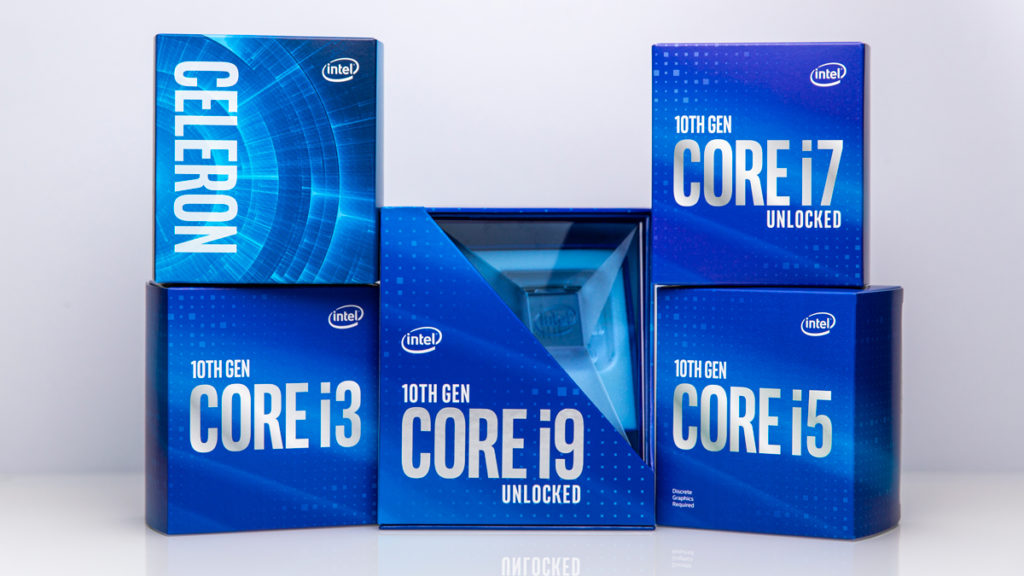- Joined
- May 6, 2019
- Messages
- 12,595
- Points
- 113
Image: Intel
We already know that Intel’s 10th Gen processors are power-hungry beasts, but being that TDP values only tell part of the story, how much energy do they crave, really? Well, we’ve got the answer(s) to that now thanks to ComputerBase, which has published a list of official PL1 (TDP), PL2, and Tau values for Comet Lake-S. The potential power demands of both the Core and Xeon W family are as follows.
TDP, PL1, PL2 and Tau from Intel Comet Lake-S “Core” in the desktop
CPUPL1PL2dewOverclockable K CPUsCore i9-10900K125 watts250 watts56 secondsCore i7-10700K125 watts229 watts56 secondsCore i5-10600K125 watts182 watts56 secondsStandard models10-core with / without graphics, Core i9-10000 (F)65 watts224 watts28 seconds8-core with / without graphics, Core...
Continue reading...
Last edited by a moderator:
